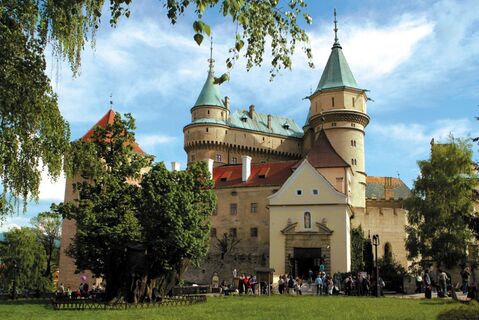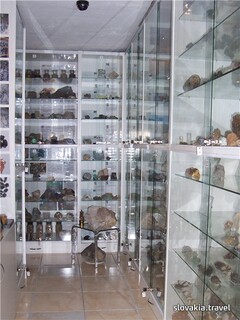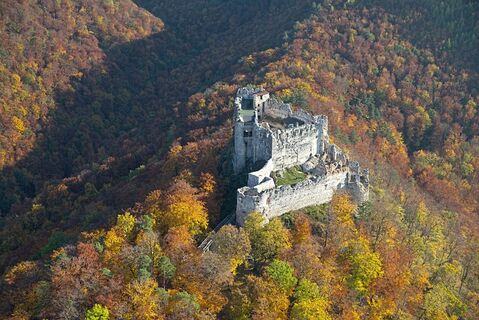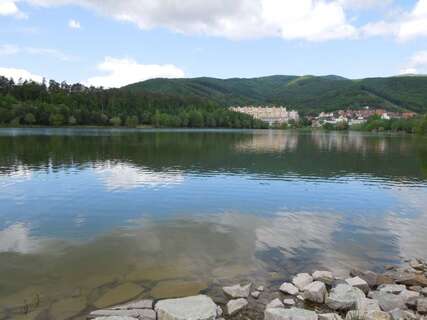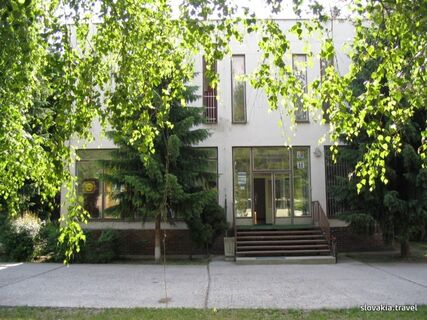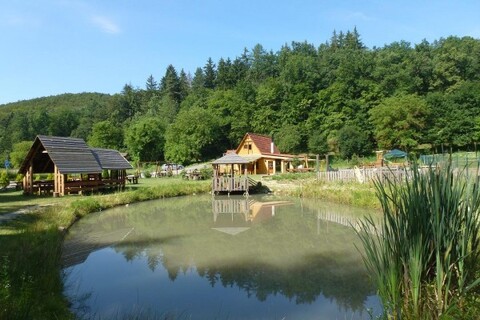The Nesoromanian church is one of the oldest sacred monuments in Nitra. Its unique twin-faced front faces at first glance with the unmistakable twin towers of regular stone blocks. Normally, we use the usual quarry stone. The builders used the andesite tuf from the surroundings of Hradca and Cigla. The church was built as a representative non-coronian asian building in the first half of the 13th century. Smaller adjustments were also made in the Gothic period. In the 70s and 80s. In the 18th century, the sanctuaries expanded and rebuilt the Baroque style, but they were strengthened by external support pillars.
In 1911, the church received a completely new interior. Extensive renovation was completed in 1936, when the Romanesque origin of the whole building was confirmed and several Romanesque Gothic details were uncovered. Visitors today find the original Roman klenbyiba in the space between the towers and their floors. From the Gothic period, two wooden, iron-lined, 15th-century doors were arranged. From the frescoescape, it is only a dimly visible painting of the Virgin Mary in the space. There are four bells hanging from the westwestern tower, the oldest of which dates back to 1733. In the Secondhand, a big rapper is used during the Great Night. Interestingly, the Renaissance stone baptistery from 1638, as well as the crypt with four spaces and the separate tomb of the temple patrons - the Diviack family - under the church.
0





